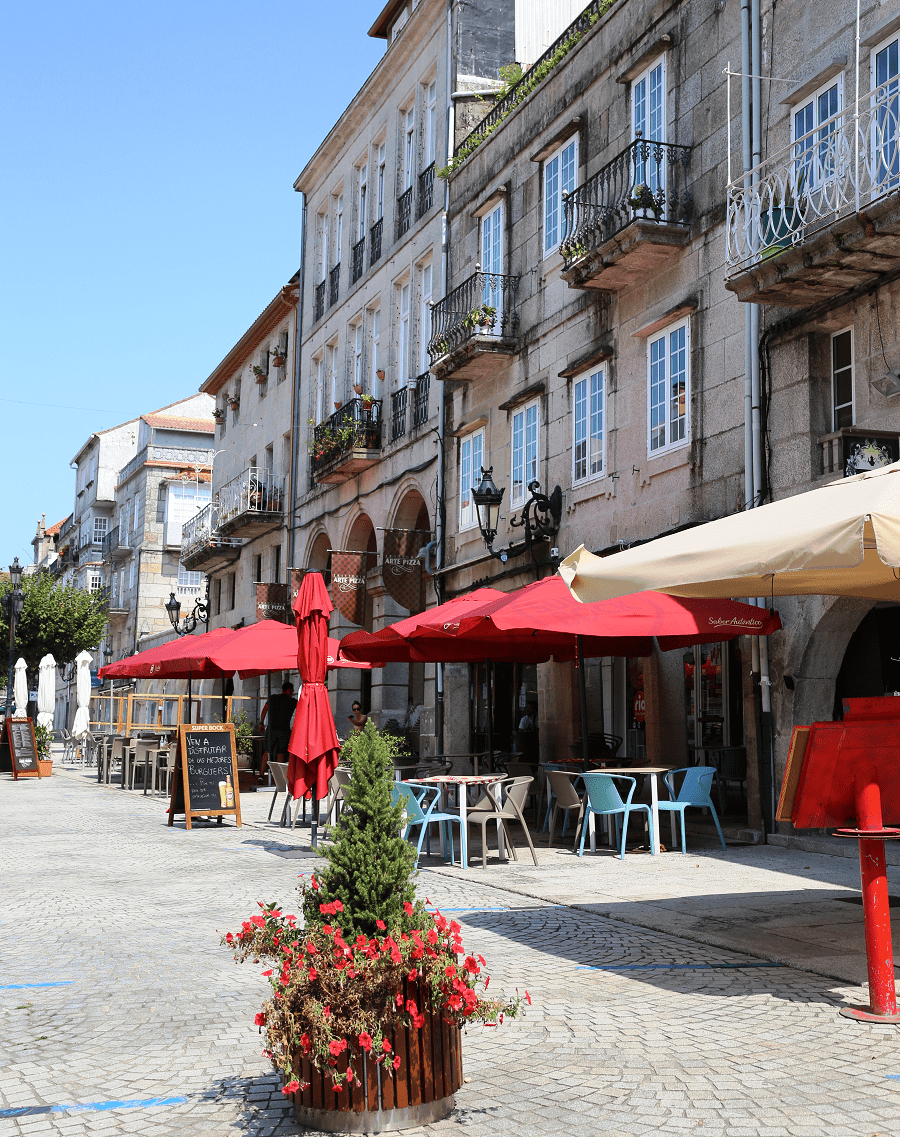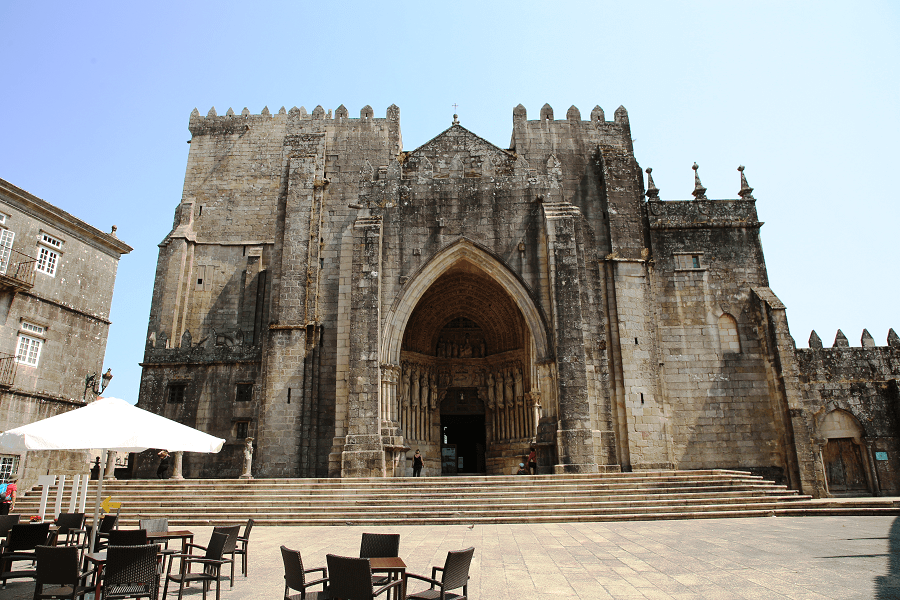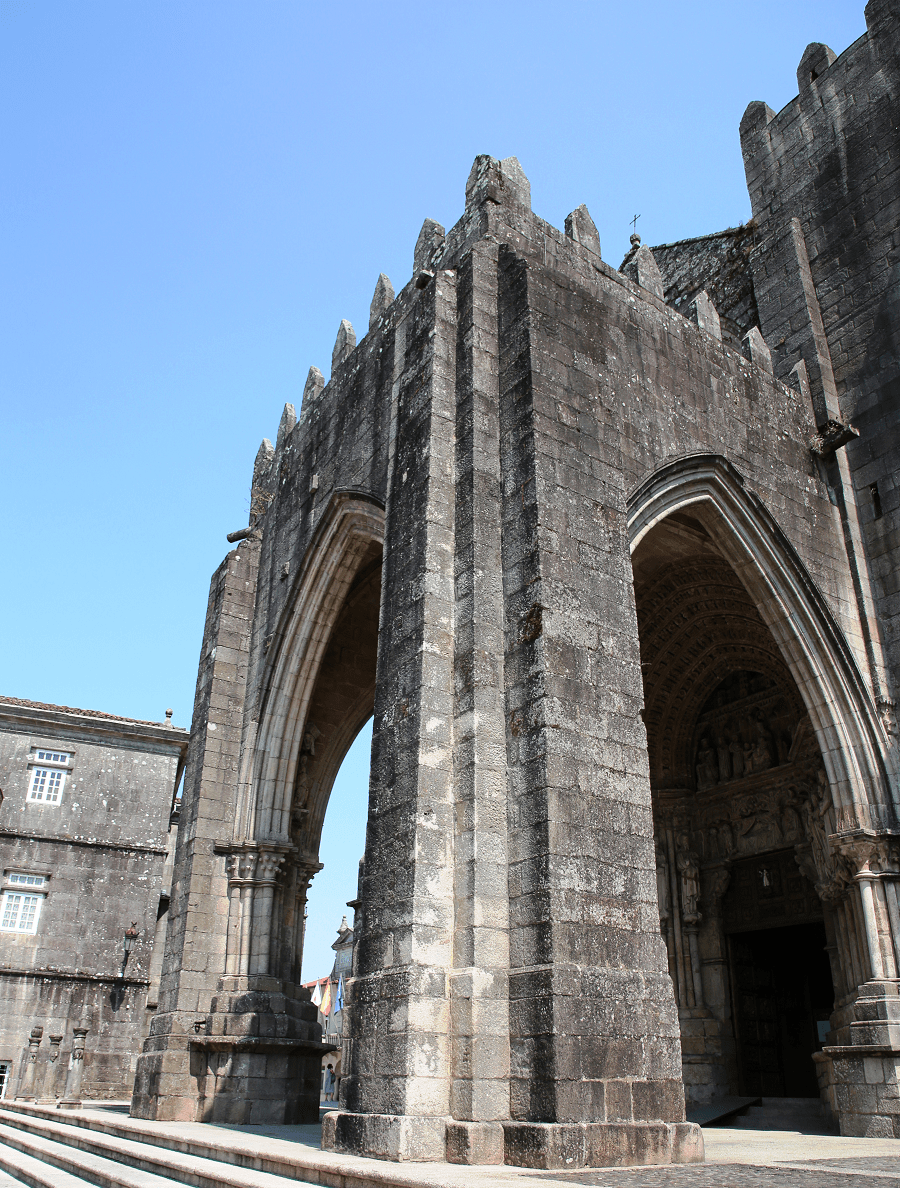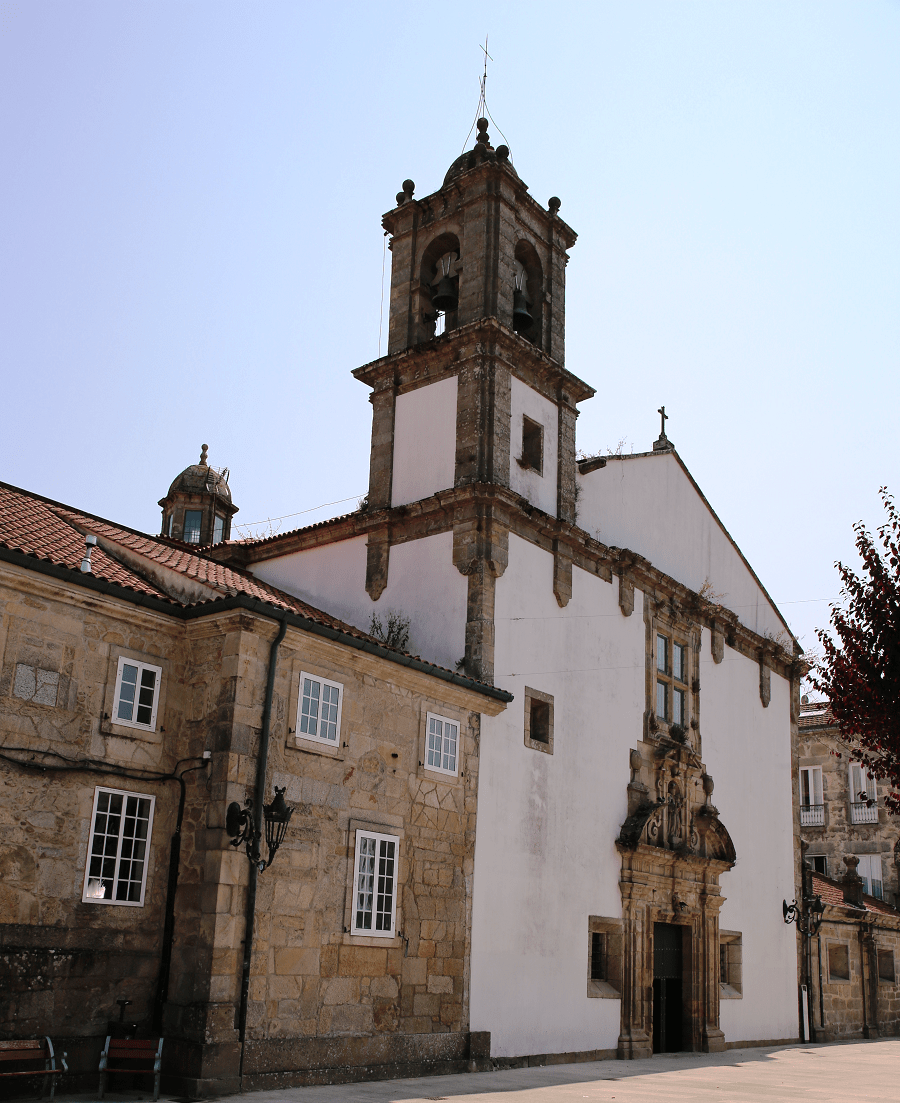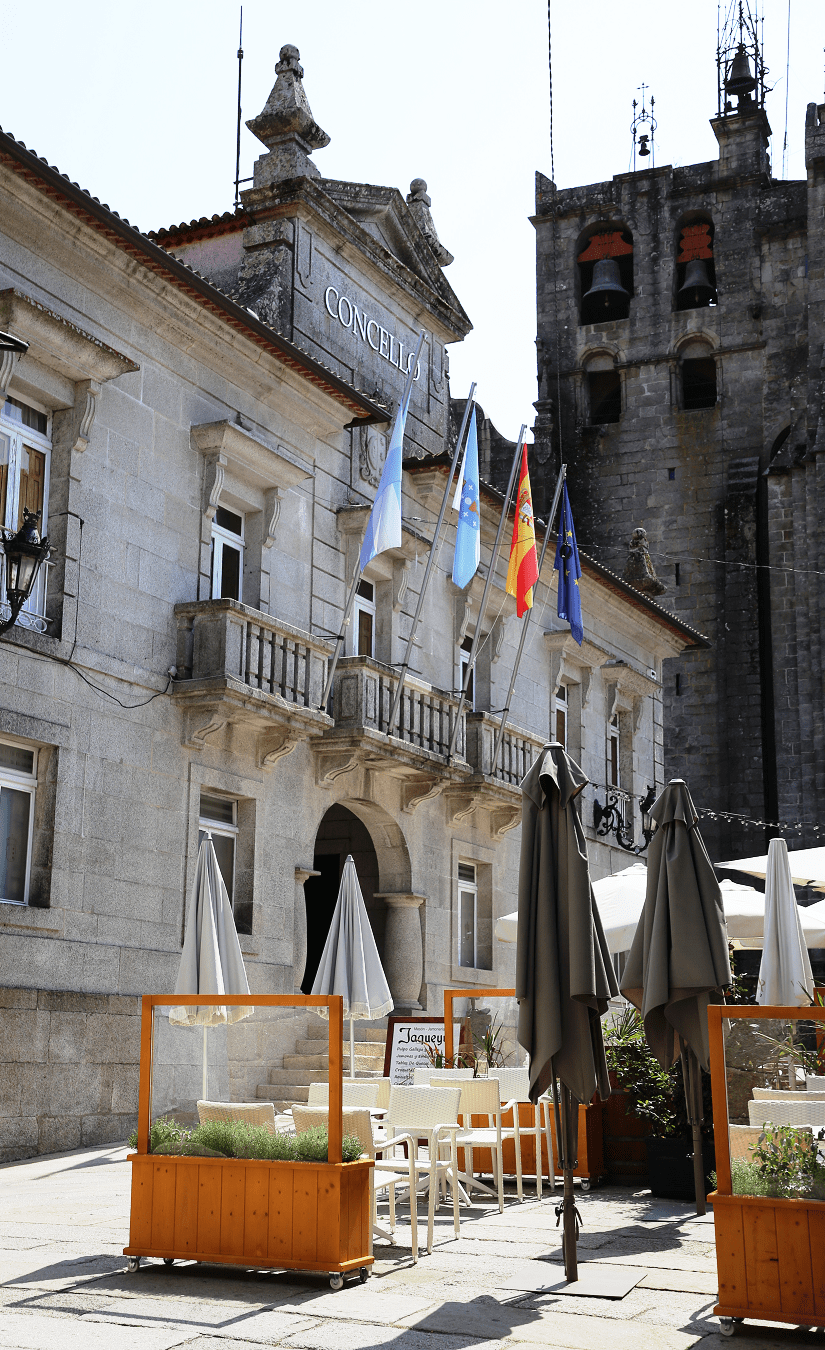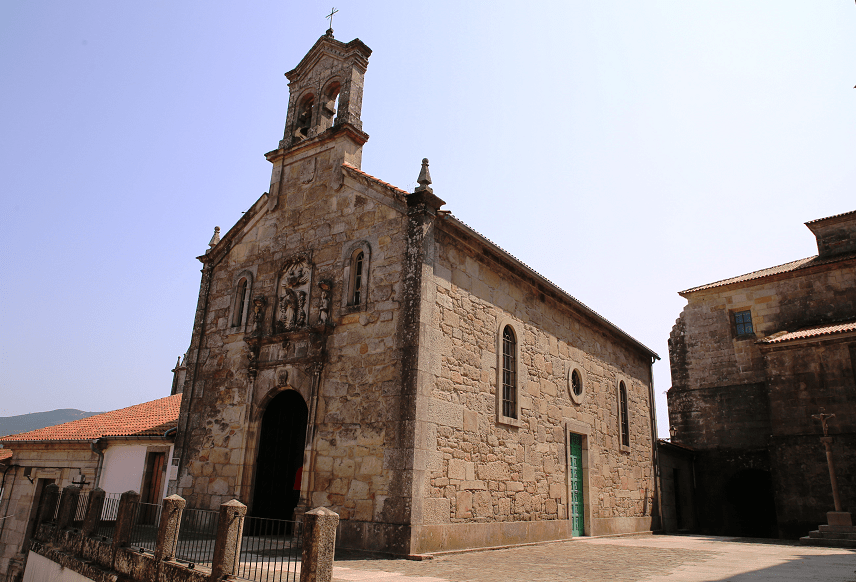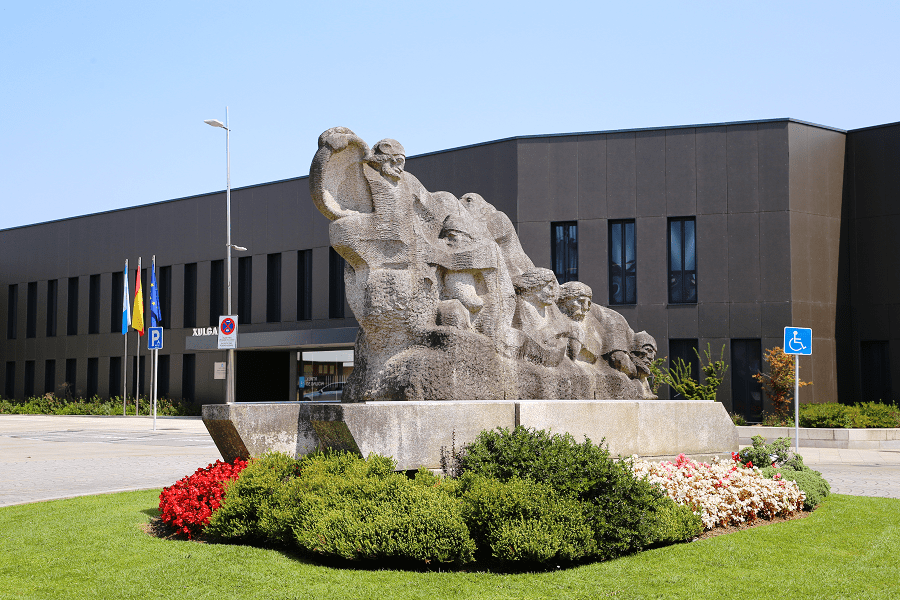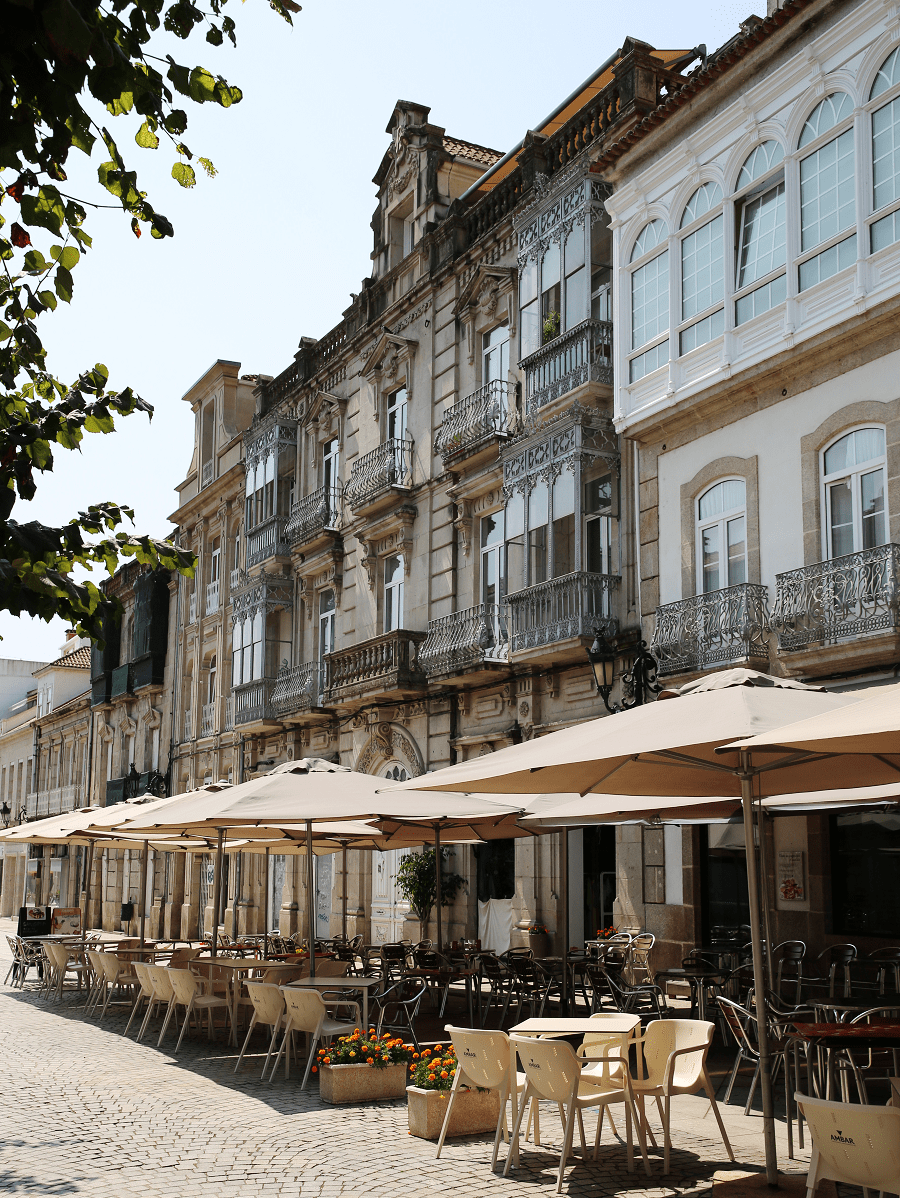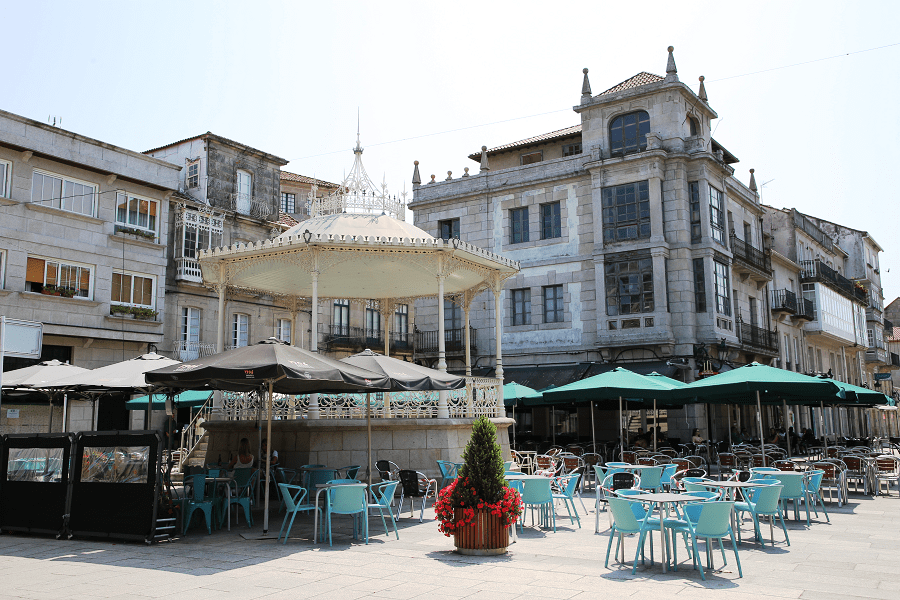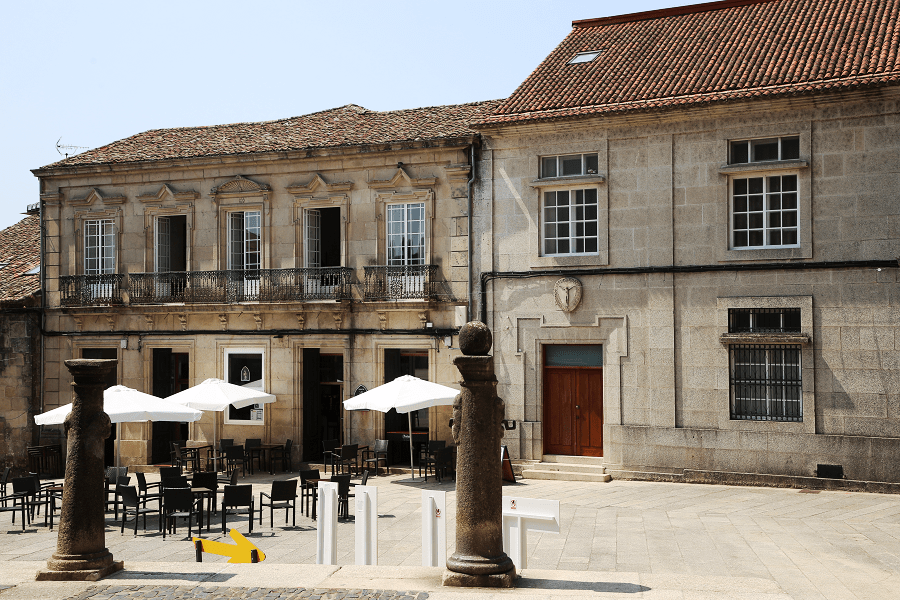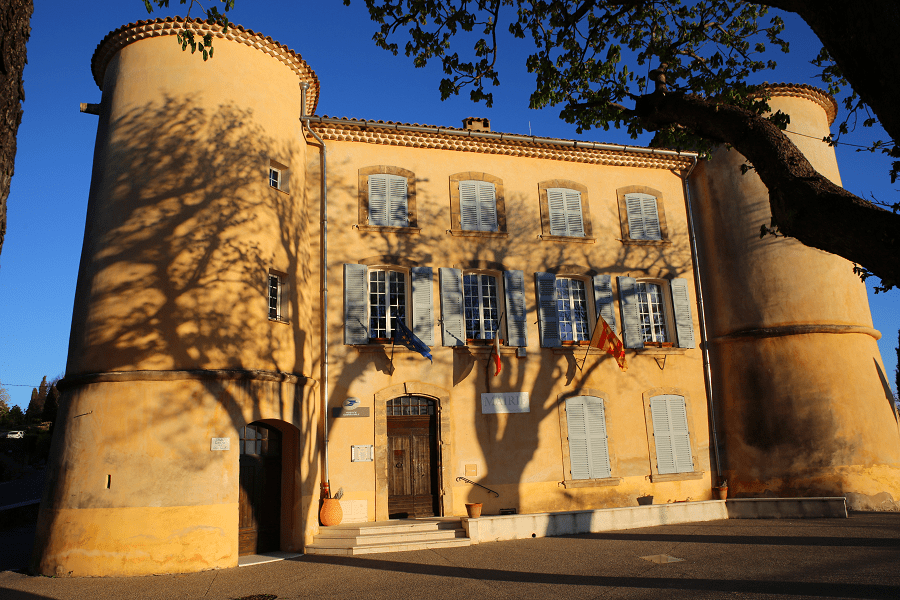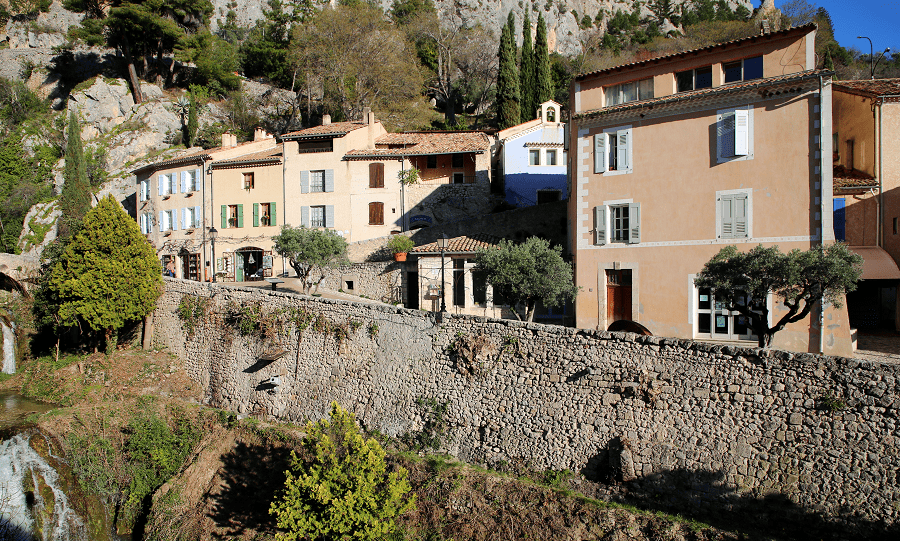Tui (Sp. Tuy) is a city and a municipality in the province of Pontevedra in the autonomous community of Galicia, in Spain. It is located on the right bank of the Miño River, facing the Portuguese town of Valença.
Main attractions
The Cathedral of Santa María de Tui is, together with the Co-Cathedral of Vigo, one of the episcopal sees of the Diocese of Tui-Vigo, in Galicia. In 1959, the original name of the diocese: “Diocese of Tui” was modified by that of the Diocese of Tui-Vigo and the collegiate church of Santa María de Vigo was designated as a co-cathedral.
The Cathedral of Tui is the maximum artistic exponent of the city and is located in the highest part of the city in a fort (Tude) on a hill.
Its construction began in 1120 and was completed in 1180, in full style of Romanesque architecture. As with many other cathedrals, it underwent important reforms at various times, mainly in the Gothic style that modified, among other aspects of the cathedral, its main facade dating from approximately 1225.
It has been an Asset of Cultural Interest since 1931.
Diocesan Historical Archive and Museum: It was an old hospital for the poor and pilgrims, built in 1756. It consists of three floors organized around a beautiful courtyard from the Baroque period.
The museum preserves valuable archaeological, medieval and sacred art collections, as well as a rich gold work of local, Spanish and American silversmiths.
Convent and Church of the Clarisas: Known as the Convent of the Clarisas or Encerradas, it was founded in 1524 on the site where the old Romanesque church of Santa María was located. In 1688 they began the construction of the current church, the work of the master Santiago Domingo de Andrade. The monasterial buildings that we can admire today correspond to the 17th-18th centuries. The church’s altarpiece, a 17th-century Baroque work, is the most outstanding of the monastery.
Tunnel of the Clarisas Nuns: It is located at the end of the street that leads to the Clarisas convent, constituting one of the most typical corners of Tui. It is a vaulted passageway under the convent, which connects the upper part of the city and the area between the walls.
Tui International Bridge: Designed by the Riojan engineer Pelayo Mancebo, it has been part, for more than a century, of the typical environment of Tui-Valença do Minho. Currently there is a new international bridge that connects Spain with Portugal through the Vigo-Tui highway, linking with the Valença do Minho – Lisbon highway.
Paseo de la Corredera: The Paseo de la Corredera is the main and best-known street in Tui. It is the pedestrian or promenade area par excellence. It is a street surrounded by noble buildings full of history and where stone is the main protagonist.
Church of San Francisco: Originally it was part of the Franciscan convent complex built in 1682. Equipped with a public library, it performs an extraordinary service as a focus of culture for all the city’s inhabitants. Its balanced façade stands out from the outside. Inside, the half orange dome, the wide choir, the main altarpiece made in 1741 and the chapel of the ‘Venerable Third Order’, built in 1777 are the highlights.
Monument to the Wild Horse: The work of the international sculptor from Tudencia Juan Oliveira, who has a good sample of his monumental bronzes in various places in Spain, such as at the Barajas airport in Madrid and Plaza de España and the old García Barbón Theater in Vigo.
Glorieta de Vigo: It is located at the end of the Paseo de la Corredera, from there you have a wide panoramic view of the banks of the Miño and it is where the monument to the wild horse is located.
Troncoso Gardens: Meeting place and quiet walk, it was made on the route of the old wall from the 17th-18th centuries. The shape of the garden is adapted to the fortification, highlighting the bastion with the characteristic arrowhead shape, in which an artistically decorated fountain is currently located.
River Walk: In recent years a beautiful river walk has been made from the Marina beach to the Parque do Penedo, between the old medieval wall and the river Miño. It is a place for recreation and walks on the banks of the river Miño. Located between the river and the old medieval wall, it offers an ideal natural space to enjoy being in contact with nature.
Camino de Santiago
Although Tui is just north of the border with Portugal, a shortened version of the Portuguese Way of the Camino de Santiago commences there, and as the distance is 116 kilometres, this walk is long enough for pilgrims to obtain a pilgrim’s certificate.
How to get to?
From Pontevedra 43 min (52.5 km) via AP-9
From Santiago de Compostela 1 hr 14 min (111 km) via AP-9
From Madrid 5 hr 26 min (593 km) via A-6 and A-52
Main information
Area: 68 sq. km
GPS coordinates: 42°02′53″N 8°38′40″W
Language: Spanish, Galician
Population: 17 323
Currency: Euro
Visa: Schengen
Time: Central European UTC +1, in summer +2




